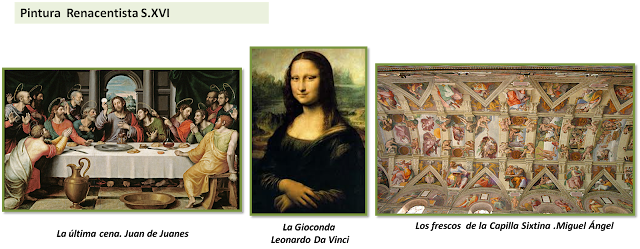F. Answer the following questions. Find each answer in the point 1:
1. 1 Where was Nicolaus
Copernicus born?
2.
What model did Copernicus
propose?
3.
What was the belief before
Copernicus' theory?
4.
What was the title of
Copernicus' famous work?
5.
When did Copernicus publish
his most famous work?
1. ¿Dónde y cuándo se desarrollo en Cuattrocento?
2. ¿Cómo era la arquitectura de este periodo?
3. ¿En qué se caracteriza la escultura del Cuattrocento?
4. ¿Cómo era la pintura de Cuattrocento?
5. ¿Cómo consiguieron los pintores de este periodo escenas más realistas?
6. Completa el cuadro:
C. Read text 2
F. Answer the following questions. Find each answer in the point 2:
- Who painted "The Birth of
Venus"?
- Where is the painting
displayed?
- What myth is shown in the
painting?
- What does Venus stand on in the
painting?
- What do the wind gods represent
in the artwork?

- Miguel ángel, una super estrella
-La Monalisa española
F. Answer the following questions. Find each answer in the point 3:
F. Answer the following questions. Find each answer in the point 4:
1. Where is El Escorial located?
2. When did the construction of El Escorial begin? Who ordered it to be built?
3. What materials were mainly used to build El
Escorial?
4. What is inside El Escorial?
5. Why do people visit El Escorial today?
- Martín Lutero: La Reforma Protestante
- El Concilio de Trento
- La Santa Inquisición
F. Answer the following questions. Find each answer in the point 5:
1.Who was Martin Luther?
2.What did Martin Luther do in 1517?
3.What was Luther's main criticism of the Catholic Church?
4.What did Luther do to spread his ideas?
5.When did Martin Luther die?






































